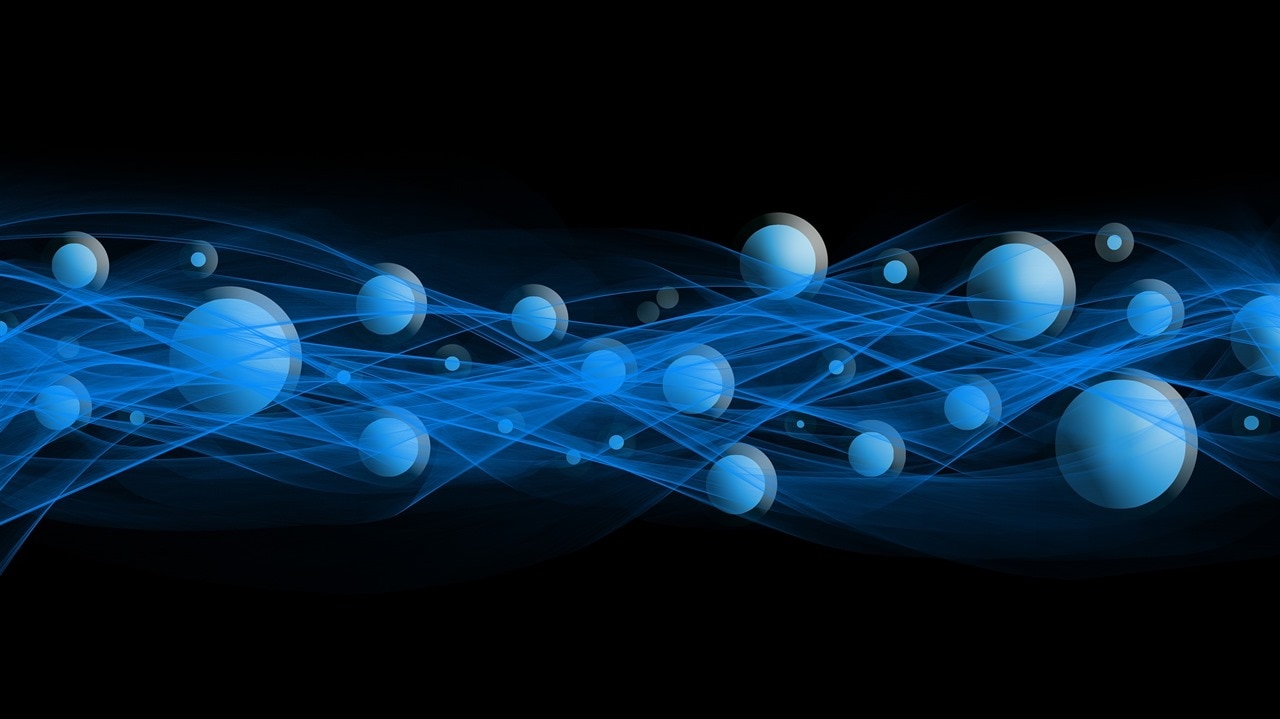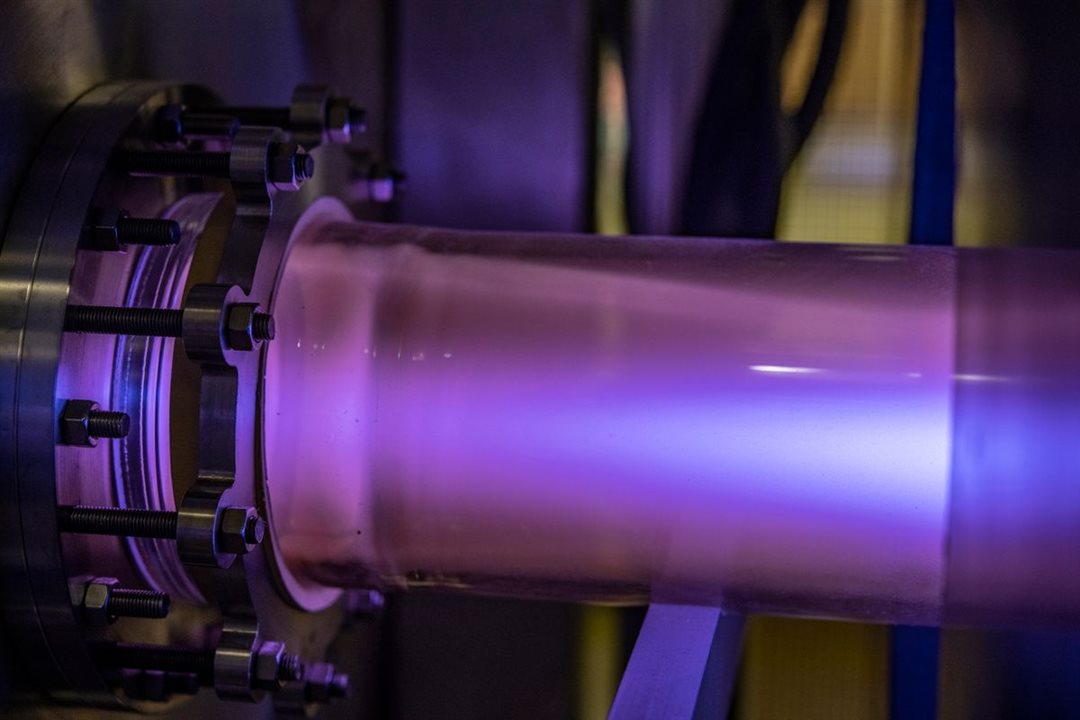
Tohoku University physicists say they used quantum technology to teleport energy, allowing them to extract it from a vacuum. This builds on a 2008 study that involved theoretical physicist Masahiro Hotta producing negative energy in a quantum vacuum.
Simply put, the energy was borrowed from elsewhere rather than being extracted. This concept takes advantage of quantum entanglement, a phenomenon where two particles change their state as the other one does, no matter how far apart they are from each other. That study was questionable because energy cannot be extracted from a vacuum when nothing is there.
Nearly fifteen years later, Hotta's team continues the research and exploring new techniques to remove energy from a vacuum and generate negative energy. Kazuki Ikeda, and quantum computation researcher from Stony Brook University, and his team turned to IBM's quantum computing to confirm that Hotta achieved zero-point energy, where the quantum vacuum dropped below its ground-state energy.
However, Hotta says these were just quantum simulations with preprogrammed ground states that had various natural quantum fields compared to those across the universe. Meanwhile, experts believe teleporting energy across space could offer concrete advantages. In that case, it could lead to more stabilized quantum computers while providing humanity with a better understanding of energy's role in quantum physics. Even then, additional work needs to be carried out before reaching that point. After all, we just started diving into quantum physics.

A breakthrough unveils how scientists can better understand the first law of thermodynamics and how the laboratories and plasma in space get heated. Image showing argon plasma glowing during an experiment. (Image Credit: WVU/Brian Persinger)
West Virginia University researchers are changing the first law of thermodynamics, a breakthrough that could alter our understanding of complex energetic systems. The team's finding also has potential applications across physics and other sciences.
As we know, the first law of thermodynamics says energy cannot be created or destroyed but can be converted into different forms. "Suppose you heat up a balloon," Paul Cassak, professor and associate director of the Center for KINETIC Plasma Physics, said. "The first law of thermodynamics tells you how much the balloon expands and how much hotter the gas inside the balloon gets. The key is that the total amount of energy causing the balloon to expand and the gas to get hotter is the same as the amount of heat you put into the balloon. The first law has been used to describe many things — including how refrigerators and car engines work. It's one of the pillars of physics."
Introduced in the 1850s, the first law of thermodynamics is only applicable when systems closely reach an equilibrium state due to a consistent temperature. This means it doesn't have any hot or cold areas. Researchers are attempting to expand the first law to non-equilibrium materials. These systems are typically found in space plasma.
The breakthrough aims to solve that limitation. "We generalized the first law of thermodynamics for systems that are not in equilibrium," Cassak said. "We did a pencil and paper calculation to find how much energy is associated with matter not being in equilibrium, and it works whether the system is close to or far from equilibrium."
This work could have different applications. For instance, it helps scientists study space plasmas, allowing them to understand space weather. "The result represents a really large step of our understanding," Cassak said. "Until now, the state-of-the-art in our research area was to account for energy conversion only associated with expansion and heating, but our theory provides a way to calculate all the energy from not being in equilibrium."
"Because the first law of thermodynamics is so widely used," graduate research assistant Hasan Barbhuiya said, "it is our hope that scientists in a wide array of fields could use our result." It can also be used to study temperature plasmas, which are crucial for etching in circuitry and semiconductors. Additionally, it can be used in chemistry and quantum computing.
The breakthrough will also change the plasma and space physics landscape, which rarely happens. "There aren't many laws of physics — Newton's laws, the laws of electricity and magnetism, the three laws of thermodynamics, and the laws of quantum mechanics," said Duncan Lorimer, professor and interim chair of the Department of Physics and Astronomy. "To take one of these laws that has been around over 150 years and improve on it is a major achievement."
"This new first principles result in non-equilibrium statistical mechanics as applied to plasmas is a great example of the academic research enabled by NSF's mission 'to promote the progress of science'," said Vyacheslav Lukin, a program director for plasma physics in the NSF Division of Physics.
Have a story tip? Message me at: http://twitter.com/Cabe_Atwell
